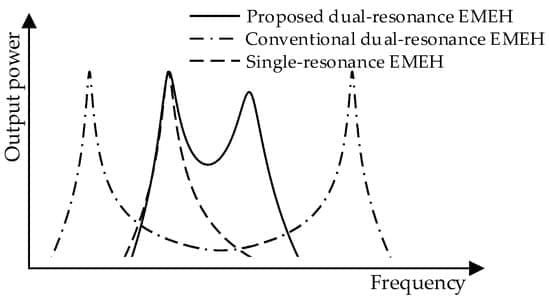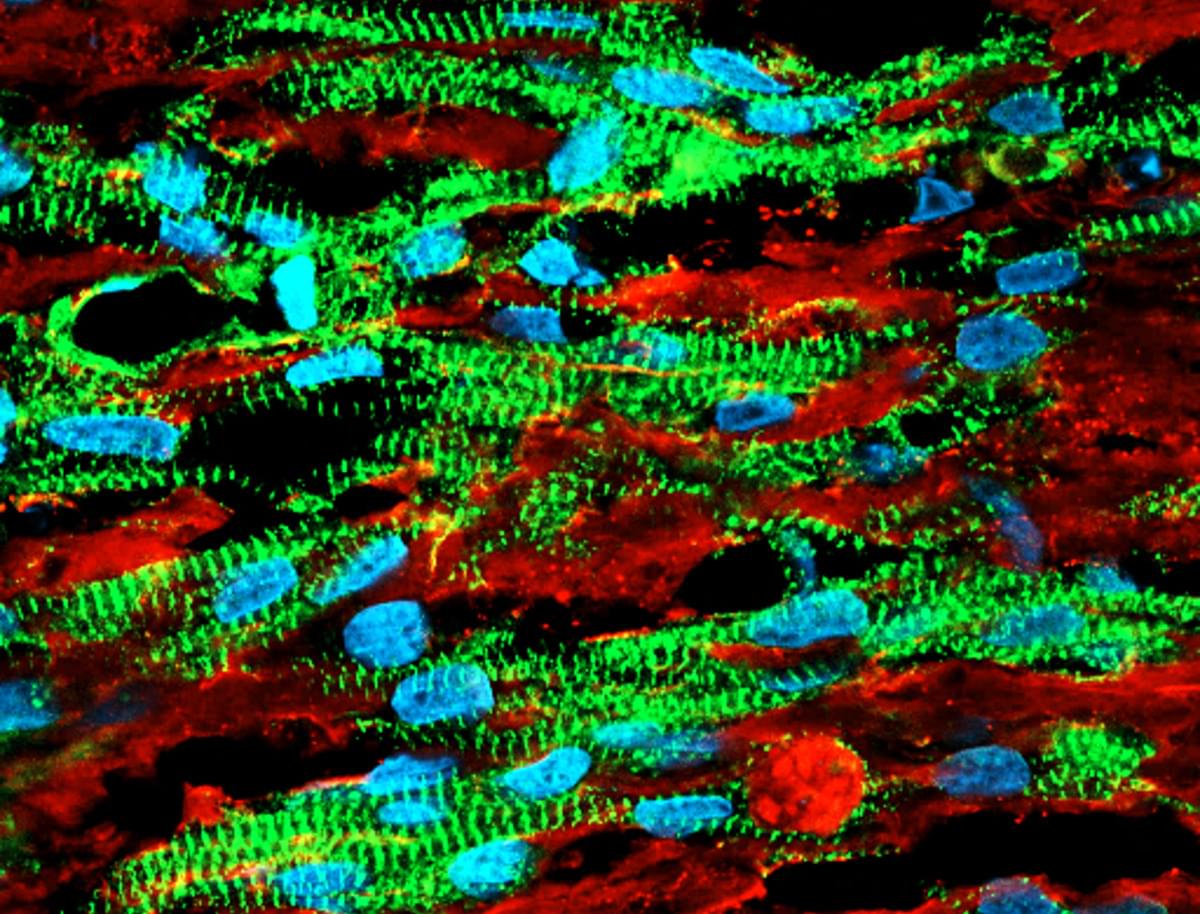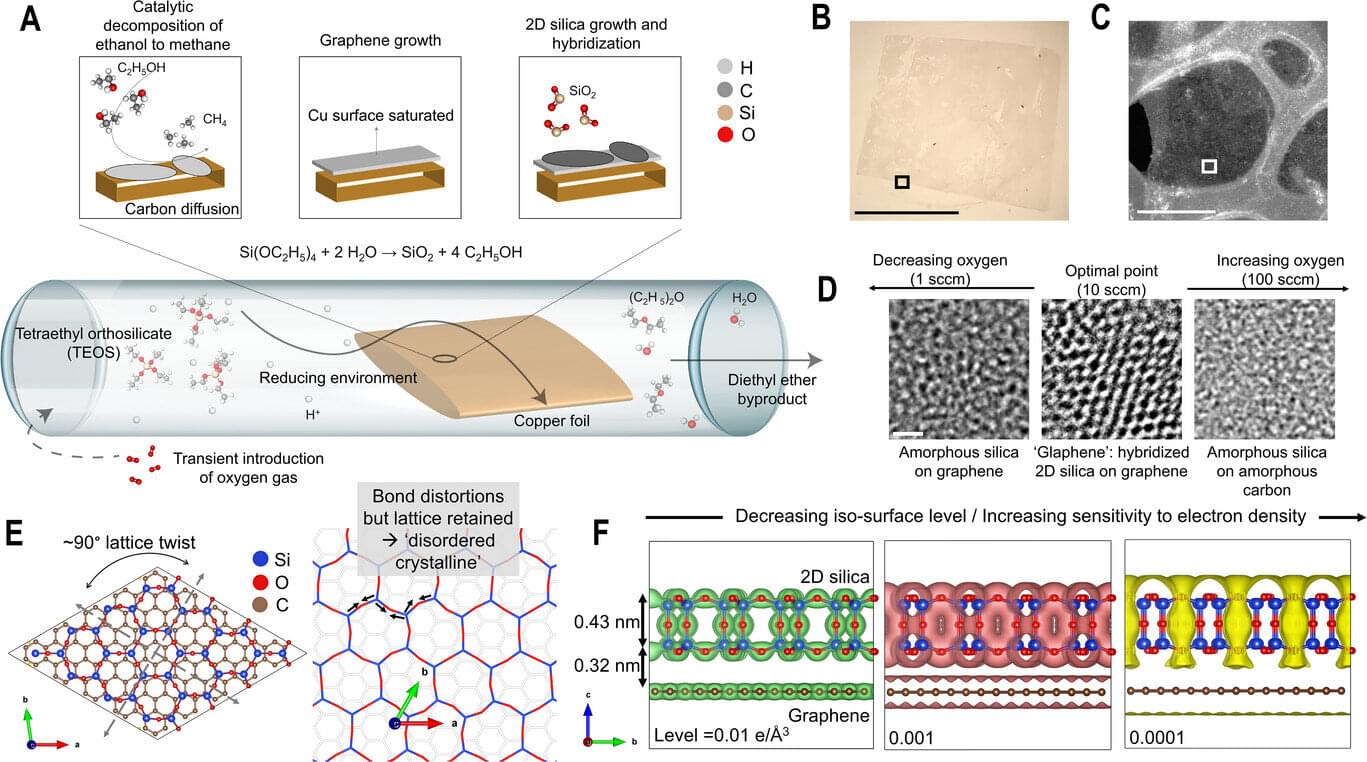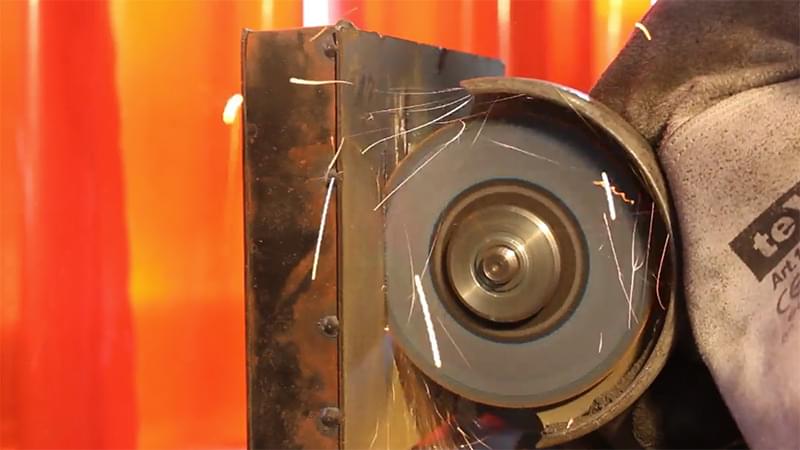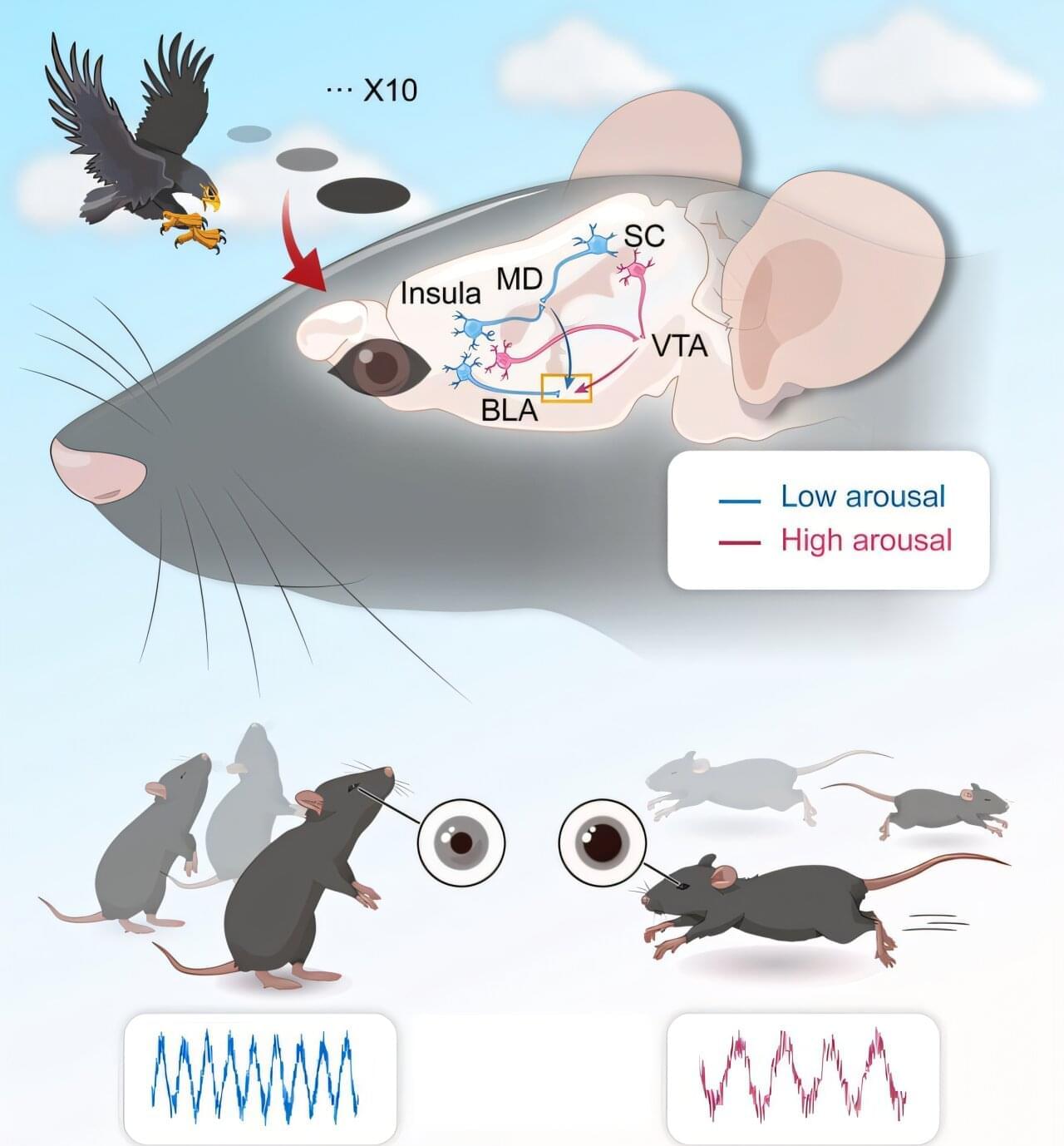PumaBot hijacks Linux IoT devices via SSH brute-force, fakes Redis services, and mines crypto using stealthy rootkits.
While many associate account takeovers with personal services, the real threat is unfolding in the enterprise. Flare’s latest research, The Account and Session Takeover Economy, analyzed over 20 million stealer logs and tracked attacker activity across Telegram channels and dark web marketplaces. The findings expose how cybercriminals weaponize infected employee endpoints to hijack enterprise sessions—often in less than 24 hours.
Here’s the real timeline of a modern session hijacking attack.
Infection and Data Theft in Under an Hour.
A dual resonance vibration electromagnetic energy harvester (EMEH) is proposed in this paper to extend frequency range. Compared with the conventional dual resonance harvester, the proposed system realizes an enhanced “band-pass” harvesting characteristic by increasing the relative displacement between magnet and coil among two resonance frequencies with a significant improvement in the average harvested power. Furthermore, two resonant frequencies are decoupled in the proposed system, which leads to a more straightforward design. The proposed dual resonance EMEH is constructed with a tubular dual spring-mass structure. It is designed with a serpentine planar spring and the coil position is optimized for higher power density with an overall size of 53.9 cm3 for the dual resonance EMEH. It realizes an output power of 11 mW at the first resonant frequency of 58 Hz, 14.9 mW at the second resonant frequency of 74.5 Hz, and 0.52 mW at 65 Hz, which is in the middle of the two resonance frequencies. The frequency range of output power above 0.5 mW is from 55.8 Hz to 79.1 Hz. The maximum normalized power density (NPD) reaches up to 2.77 mW/(cm3·g2). Compared with a single resonance harvester design under the same topology and outer dimension at a resonant frequency of 74.5 Hz, the frequency range in the proposed EMEH achieves more than a 2× times extension. The proposed dual resonance EMEH also has more than 2 times wider frequency range than other state-of-art wideband EMEHs. Therefore, the proposed dual resonance EMEH is demonstrated in this paper for a high maximum NPD and higher NPD over a wide frequency range.
A digital twin helped operators of a Dutch battery energy storage system detect a hidden 4 percent degradation.
New techniques for producing large numbers of cardiac spheroids and organoids could help speed heart-related regenerative medicine.
Some of the most promising materials for future technologies come in layers just one atom thick, such as graphene, a sheet of carbon atoms arranged in a hexagonal lattice, prized for its exceptional strength and conductivity. While hundreds of such materials exist, truly merging them into something new has remained a challenge. Most efforts simply stack these atom-thin sheets like a deck of cards, but the layers typically lack significant interaction between them.
An international team of researchers led by Rice University materials scientists has succeeded in creating a genuine 2D hybrid by chemically integrating two fundamentally different 2D materials—graphene and silica glass —into a single, stable compound called glaphene, according to a study published in Advanced Materials.
“The layers do not just rest on each other; electrons move and form new interactions and vibration states, giving rise to properties neither material has on its own,” said Sathvik Iyengar, a doctoral student at Rice and a first author on the study.
Bike locks or lightweight armour that cannot be cut by any tool, even angle grinders or high-pressure water jets, sound like an unattainable dream.
They could be remarkably close, however, thanks to a new ‘non-cuttable’ material developed by engineers at Durham University and the Fraunhofer Institute in Germany.
Researchers took inspiration from shells to create the strong and lightweight material, named Proteus after the shape-changing mythical god. Another unusual inspiration was grapefruit, which have very high impact resistance – when dropped from a height, for example – with very lightweight peel.
The material resists cutting by turning the force of a cutting tool back on itself. It is made of ceramic spheres encased in a cellular aluminium structure, similar to the organic tiles interlinked by biopolymers in abalone sea creatures.
Cookies are used to store and retrieve information from your browser. It may be about you or your device and is mostly used to make the site work as you expect, but also to tailor your experience on this and other sites.
In a study published in Neuron, a research team led by Prof. Wang Liping from the Shenzhen Institutes of Advanced Technology (SIAT) of the Chinese Academy of Sciences revealed the neural circuit underlying individual differences in visual escape habituation.
Emotional responses, such as fear behaviors, are evolutionarily conserved mechanisms that enable organisms to detect and avoid danger, ensuring survival. Since Darwin’s “On the Origin of Species” (1859) proposed that individual differences drive natural selection, understanding behavioral adaptation has become essential for unraveling biodiversity and survival strategies.
Repeated exposure to predators can elicit divergent coping strategies—habituation or sensitization—that are dependent on sensory inputs, internal physiological states, and prior experiences. However, the neural circuits underlying individual variability in the regulation of internal states and habituation to repeated threats remain poorly understood.


